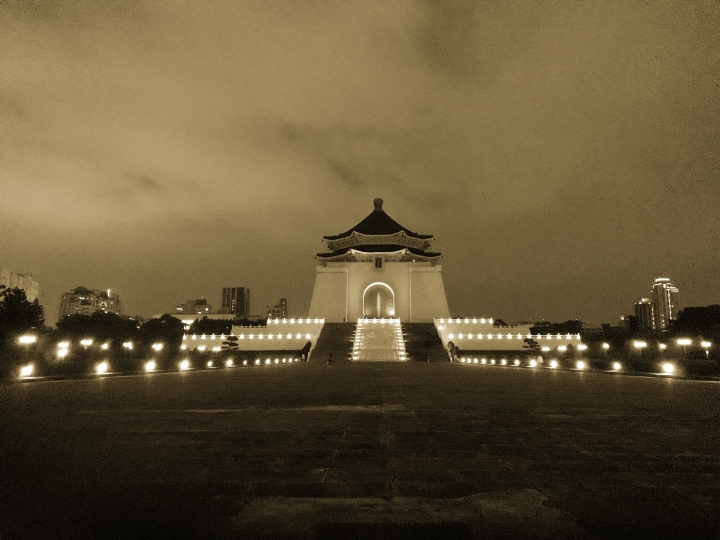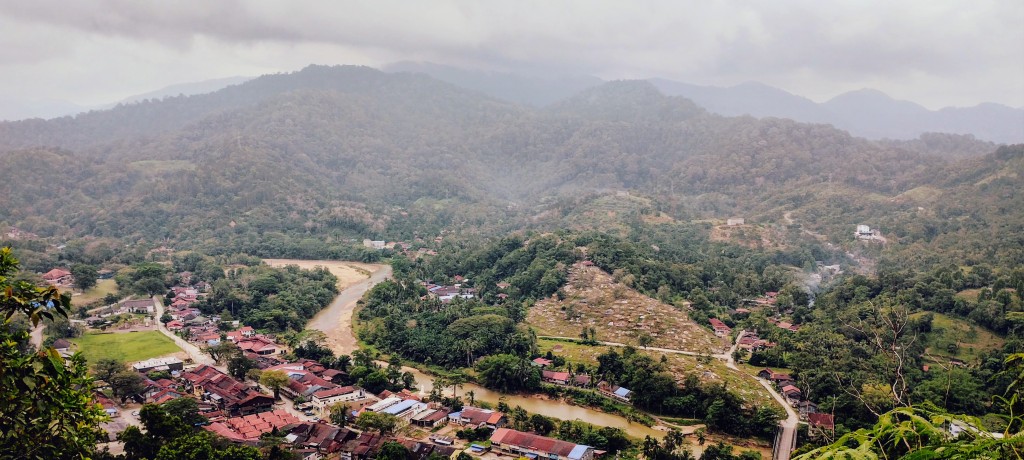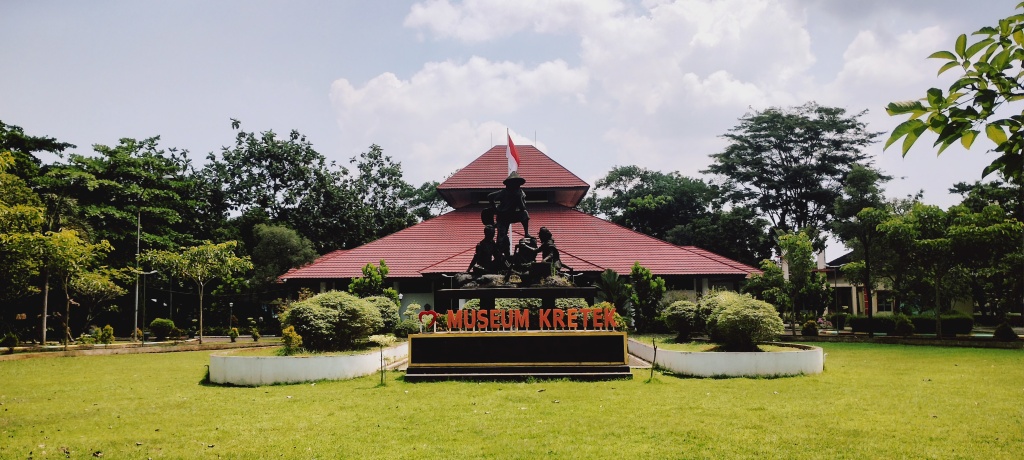Of all the landmarks in Taipei, the capital city of Taiwan, Liberty Square can lay claim to shaping the course of the country’s development.
The square’s roots lay in the mind of architect Yang Cho-Cheng, who conceived the plaza, covering more than 240,000 metres, as a memorial to Chiang Kai-shek, the President of the Republic of China and émigré to Taiwan following the overthrow of the Kuomintang regime during the Chinese Civil War.
The square was to be a sign of grandeur and culture that, in the spirit of national fervour, was opened in 1975 and christened Chiang Kai-shek Memorial Square following its namesake’s death. It would play a central role in Taiwan’s pivot towards political change.
The square became a focal point for pro-democracy demonstrations, typified by the Wild Lily Student movement in March 1990, which saw demonstrators seek direct elections of Taiwan’s president and vice president and popular elections for all National Assembly members. So persuasive was the demonstration that that it helped achieve a peaceful transition from martial law and dictatorship and prompted the recently inaugurated Lee Teng-hui to promise full democracy in Taiwan, starting with reforms that summer.
Read more: Heading to Taiwan? Maybe it’s worth learning a little Mandarin beforehand.
And thus was the site imbued with a kind of transformative power that altered the very DNA of Taiwan; by 2007, the square’s significance in the implementation of Taiwanese democracy saw President Chen Shui-bian rename it Liberty Square.

Within the plaza lie structures as ornate as their host repository. Take the National Chiang Kai-shek Memorial Hall, for instance. This symbol of Taipei and the Republic of China dominates the square with an air of solemn pageantry: the nation’s flag is raised each morning, and a pair of honour guards, replaced on the hour in a rifle-twirling ceremony, watch motionlessly over a bronze rendering of Chiang.
The white hall comprises four sides with a blue, octagonal roof that pays deference to the number eight and its symbolic association with luck, wealth and abundance. Ascending two sets of white staircases brings visitors to the main entrance in another subliminal tribute to Chiang: both sets of stairs comprise 89 steps to symbolise the leader’s age when he died.

Equally noteworthy are the National Theatre Hall and National Concert Hall, the twin performing arts venues officially unveiled in 1987. This pair constitutes a series of absolutes: alongside being two of the first major modern performing arts facilities established in Asia, the pipe organ by Flentrop Orgelbouw in the National Concert Hall was, for a time, the continent’s largest such instrument. The buildings accommodate over 800 events each year, with the concert hall hosting performances by Taiwan’s National Symphony Orchestra.
The buildings’ distinct neo-classic Chinese stylings convey the impression of traditional palace architecture while retaining a refined form and appearance. They are resolutely ornate structures, as are the site’s gates, the largest of which, the Gate of Great Centrality and Perfect Uprightness, grants access to the square via five grandiloquent archways.

So too is each of the square’s gates characterised: per the directives of architect Yang, each entrance corresponds symbolically to civic virtues. Thus, at the north side lies the Gate of Loyalty while to the south can be found the Gate of Piety; the Boulevard of Homage, bisected by manicured shrubberies, connects the square and the main hall with its constituent parts.








Leave a comment